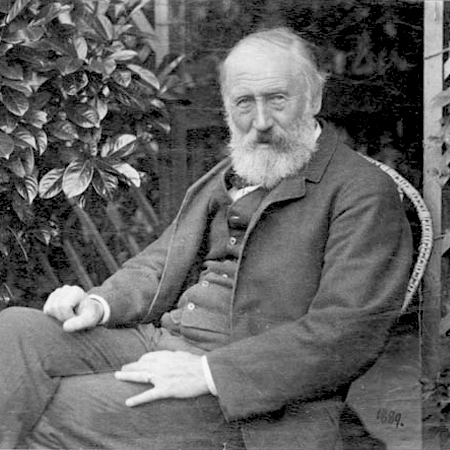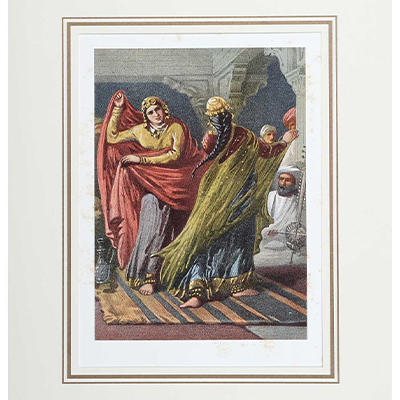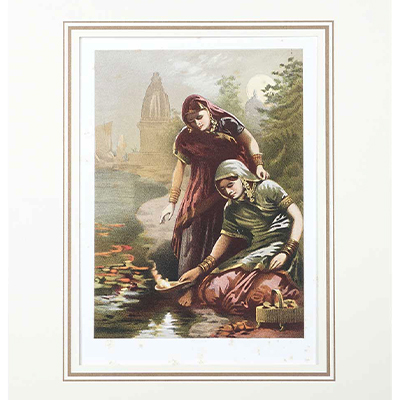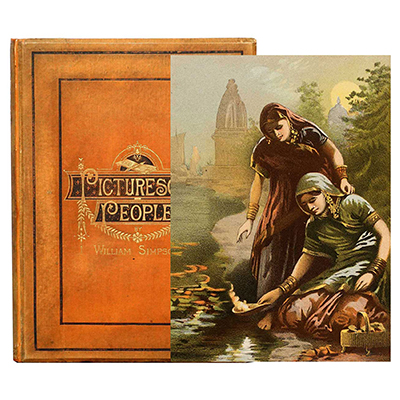Artists Profile

William Simpson
(1823 – 1899)Born into poverty in Glasgow, William Simpson was a Scottish artist and war correspondent. Without any previous formal education, he started as an apprentice in the lithographic firm of Macfarlane while attending the Andersonian University and the Mechanics Institute in the evenings. The artist later stated 'this was the turning point which changed all my boyish intentions'.
In 1851 Simpson moved to London where he was hired by Day and Sons. He worked on several important lithographic sets, creating a series of watercolors for the Crimean War and also went to India to sketch scenes relating to the 1857 Sepoy Mutiny. While in India, he travelled from Bengal through the central states to the mountains of north resulting in a large volume of chromolithograph titled India: Ancient and Modern in 1868.
He went on to become one of the leading special artists as many of his sketches depicting scenes of war were published in the Illustrated London News starting with the Abyssinian Campaign. His sketches covered Frances war with Prussia, the Modoc War and in 1878 he journeyed to Afghanistan to provide illustrations of the Second Afghan War.
Returning to London, besides his war illustration, he covered various events including state occasions, coronations, funerals, and other ceremonies. Simpson was a noted ethnographer and antiquarian as he wrote extensively on ancient religions, customs, and artifacts. During his time in Afghanistan, he excavated several ancient Buddhist topes. He was a frequent visitor to Windsor and Balmoral and Queen Victoria acquired many of his works.


